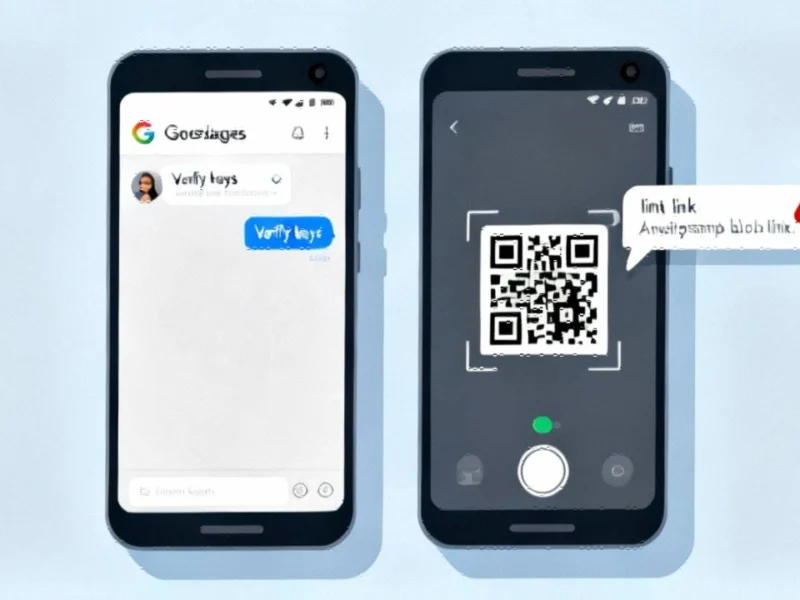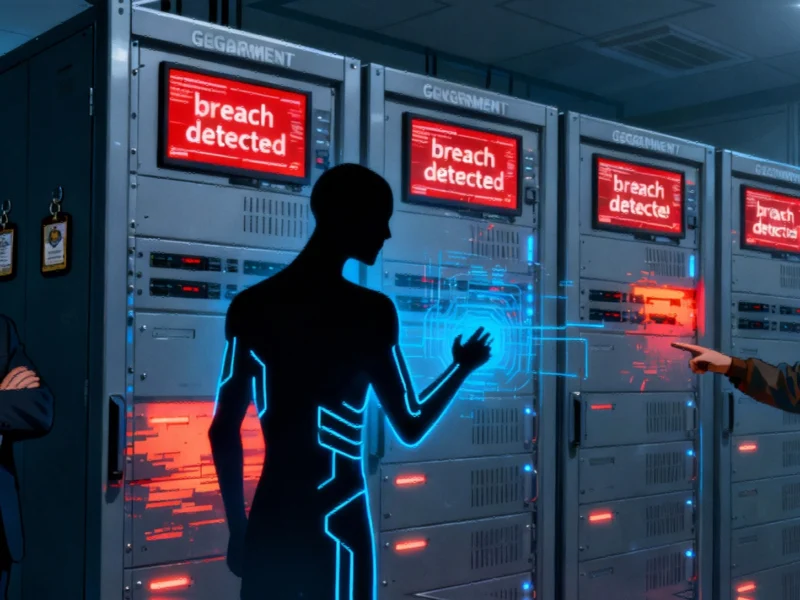Beyond Passwords: USB Raptor Adds Physical Security Layer to Windows PCs
As digital security evolves, many users are transitioning from traditional passwords to passkeys for enhanced protection. However, even passkeys have vulnerabilities when someone gains physical access to your computer. This is where USB Raptor offers an ingenious solution, transforming ordinary USB drives into security keys that provide an additional authentication layer.
The concept of converting standard storage devices into security tools isn’t entirely new, as demonstrated by similar innovations in the security software space. What makes USB Raptor particularly compelling is its ability to work with virtually any USB flash drive, regardless of age or capacity, turning even outdated 2GB drives into effective security tokens.
How USB Raptor Creates Physical Computer Security
USB Raptor operates through a sophisticated yet user-friendly process. When installed, the utility generates a unique, encrypted “k3y” file on your designated USB drive. This file contains cryptographic identifiers specifically tied to both your computer and the USB device. The software continuously monitors for this file’s presence, automatically locking your system when the USB drive is removed.
The locking mechanism activates after a customizable delay, typically displaying a secure lock screen that cannot be bypassed without either reinserting the correct USB drive or entering a backup password. This approach effectively creates a physical authentication requirement that complements existing Windows security measures.
Setting Up Your USB Security Key
Configuration begins with downloading USB Raptor and extracting the files to your computer. During initial setup, users establish an encryption password that’s crucial for recreating the security key on different USB drives if needed. The software automatically detects inserted USB drives and generates the necessary authentication file with a single click.
Advanced configuration options include creating emergency access files through the “Generate RUID file” feature. This cryptographic backup can unlock your computer if both the primary USB drive and password become unavailable. The utility also allows customization of lock behaviors, from standard Windows lock screens to enhanced security interfaces that provide additional protection against bypass attempts.
Security Considerations and Limitations
While USB Raptor significantly enhances security, it’s important to understand its limitations compared to dedicated hardware solutions. Unlike specialized security keys that utilize tamper-resistant cryptographic chips, USB Raptor relies on software running within the Windows environment. This means technically sophisticated individuals with physical access might potentially bypass the protection.
The utility also cannot prevent access through alternative boot methods or physical hard drive removal. For comprehensive protection, users should consider combining USB Raptor with full-disk encryption solutions. As with any security technology, proper implementation matters, and understanding the broader context of security implementations helps users make informed decisions.
Practical Applications and Use Cases
USB Raptor proves particularly valuable in shared environments where physical access control is challenging. Students in dormitories, professionals in open offices, and family members sharing home computers can all benefit from this additional security layer. The simple act of removing a USB drive when stepping away from the computer becomes an effective security habit that prevents unauthorized access.
The utility’s minimal resource usage and background operation ensure it doesn’t impact system performance. Users can further secure the USB Raptor interface itself with password protection, preventing others from disabling the security features without authorization.
Broader Context: Security in the Computing Landscape
This approach to computer security emerges alongside other technological advancements shaping how we protect our digital assets. As Apple’s M5 chip roadmap reveals upcoming security enhancements for future devices, software solutions like USB Raptor demonstrate that effective protection doesn’t always require expensive hardware.
The security landscape continues to evolve across multiple fronts, from chip-level security implementations in upcoming MacBook models to innovative approaches in mobile device protection. Even as companies like Samsung reconsider design priorities for future Galaxy devices, the fundamental need for accessible security solutions remains constant.
Cost-Effective Security Enhancement
Perhaps USB Raptor’s most compelling advantage is its cost-effectiveness. While dedicated hardware security keys typically start around $50, this utility transforms existing USB drives—even older, smaller capacity models—into functional security tokens. The combination of zero software cost and hardware most users already own makes this an exceptionally accessible security upgrade.
This approach aligns with broader trends in the technology sector, where companies increasingly focus on delivering value through innovative software solutions. Similarly, advancements in memory management and system architecture continue to influence how security solutions are implemented across different platforms.
Implementation Best Practices
For optimal security, users should follow several key practices when implementing USB Raptor. Always create and securely store the emergency RUID file during initial setup. Use a strong, unique encryption password different from your Windows login credentials. Consider testing the locking and unlocking process multiple times to ensure familiarity with the system behavior.
Regularly verify that USB Raptor starts automatically with Windows and remains active in the system tray. For additional protection, combine this solution with other security measures like screen timeouts and strong Windows account passwords. This layered security approach provides the most comprehensive protection against unauthorized access.
USB Raptor represents a practical middle ground between basic password protection and expensive hardware security keys. While not replacing dedicated security hardware for high-risk scenarios, it effectively addresses the common vulnerability of physical access in shared environments, providing substantial security improvement at minimal cost.
Based on reporting by {‘uri’: ‘makeuseof.com’, ‘dataType’: ‘news’, ‘title’: ‘MakeUseOf’, ‘description’: ‘MakeUseOf is your guide in modern tech. Learn how to make use of tech and gadgets around you and discover cool stuff on the Internet.’, ‘location’: {‘type’: ‘country’, ‘geoNamesId’: ‘6252001’, ‘label’: {‘eng’: ‘United States’}, ‘population’: 310232863, ‘lat’: 39.76, ‘long’: -98.5, ‘area’: 9629091, ‘continent’: ‘Noth America’}, ‘locationValidated’: False, ‘ranking’: {‘importanceRank’: 176430, ‘alexaGlobalRank’: 1969, ‘alexaCountryRank’: 1617}}. This article aggregates information from publicly available sources. All trademarks and copyrights belong to their respective owners.



